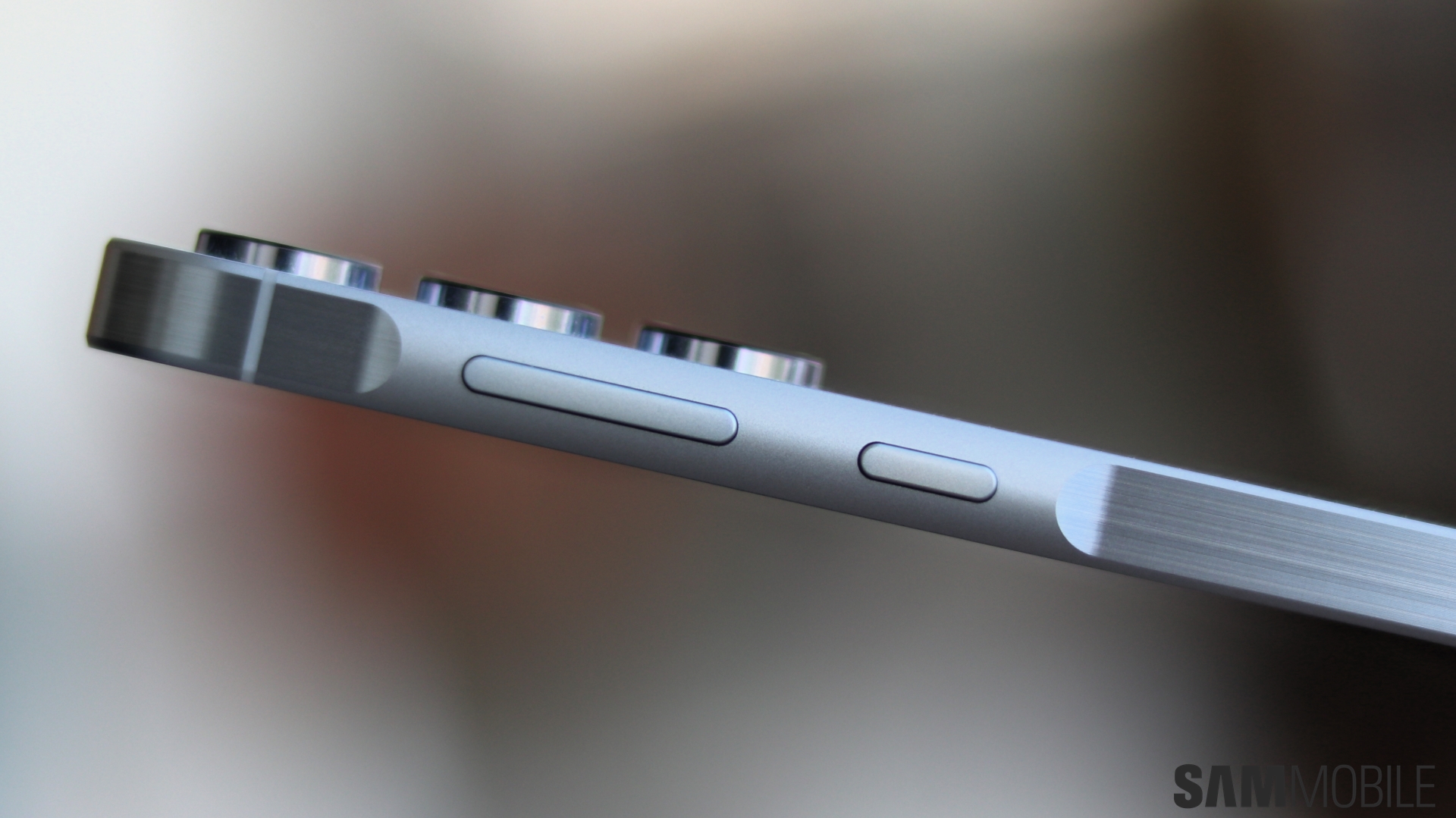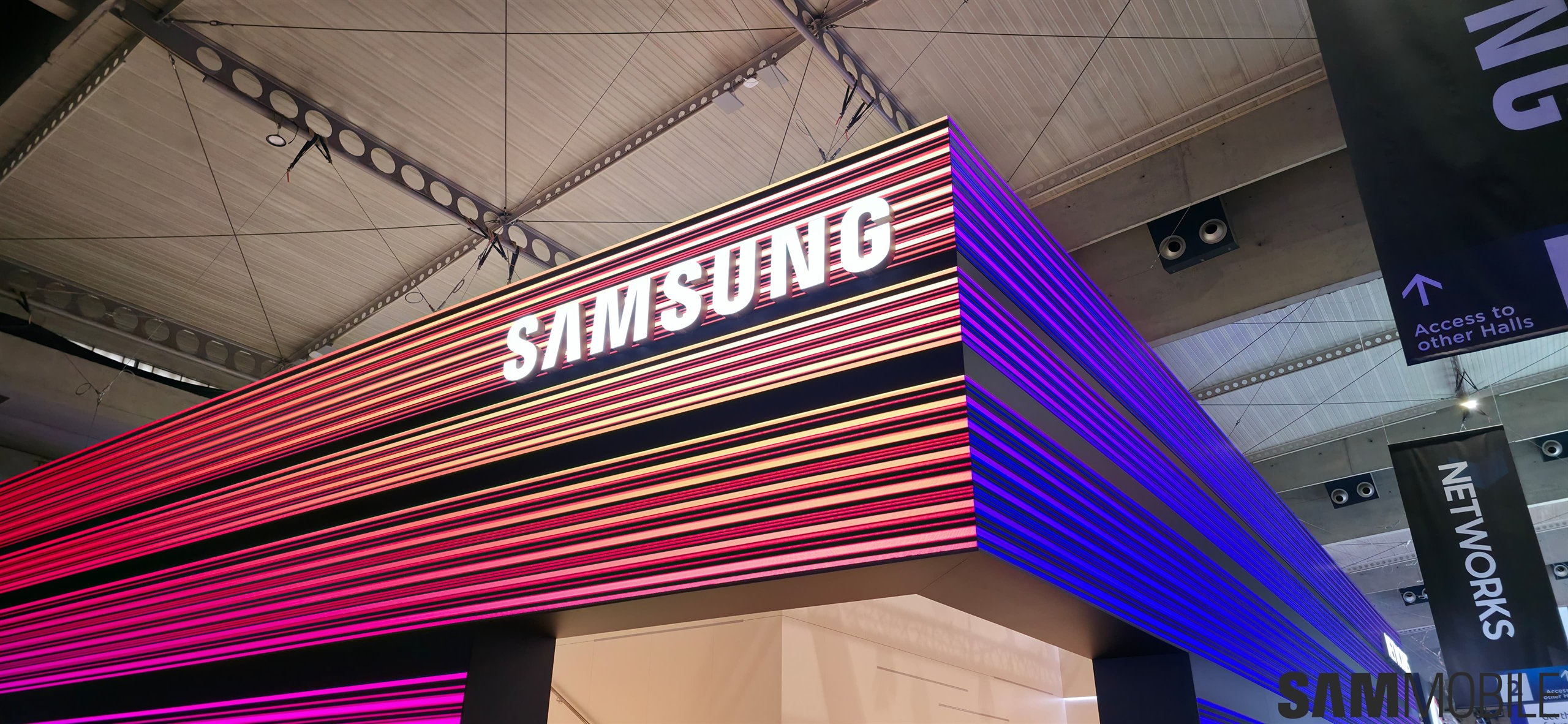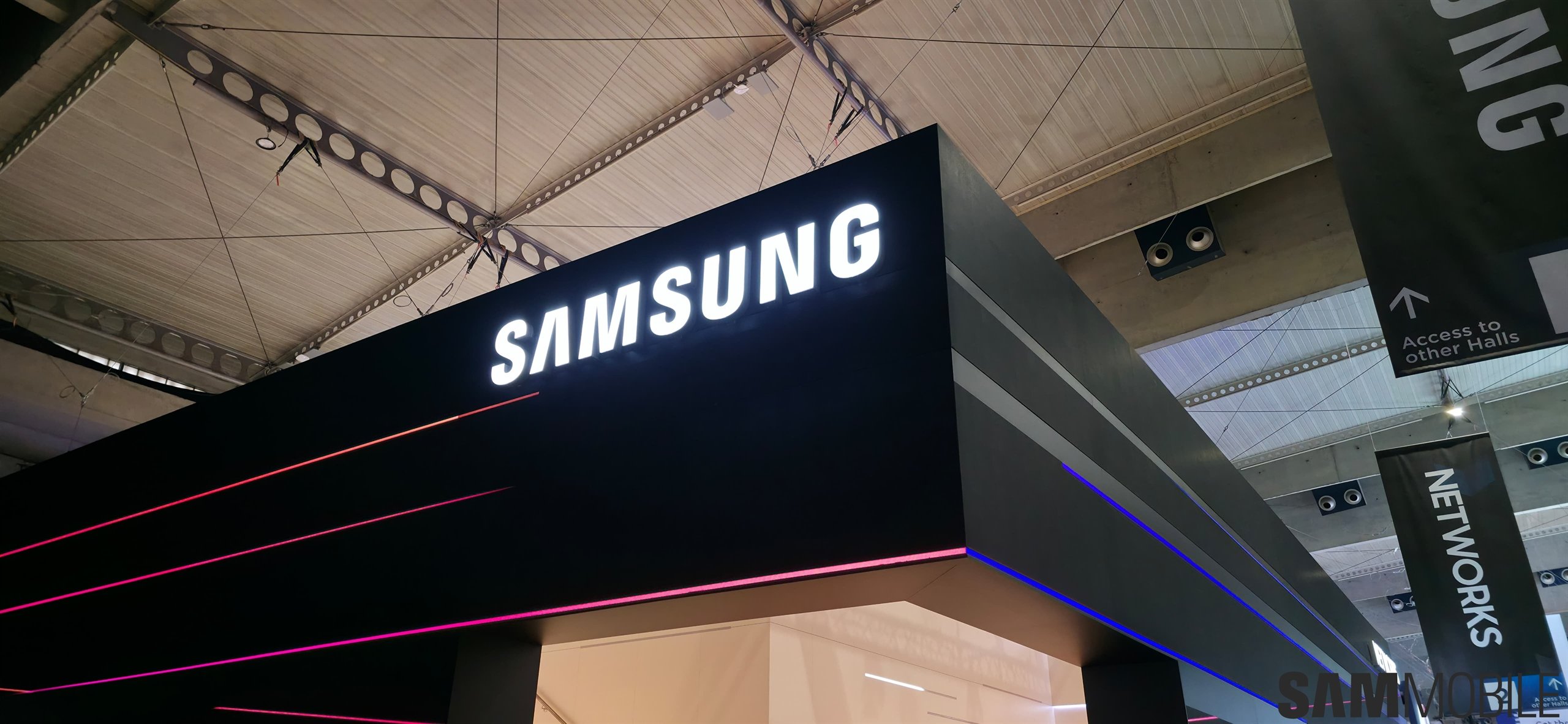
This strategy appears to have worked for the betterment of the customer experience and helped popularize the Galaxy A series. Nowadays, phones like the Galaxy A25 and especially the Galaxy A35 and Galaxy A55 are almost iconic. They are known to offer value for money, and, generally speaking, they make it easy for prospective buyers to know what to expect.
The Galaxy A25, A35, and A55 are pretty simple to understand. They share the design language and some hardware specifications, and they are all powered by Exynos chips. The more money you pay, the better the Exynos SoC, the higher the build quality, and the more features you get.
However, while these three devices are as simple to understand as can be, they're not representative of Samsung's entire low and mid-range smartphone portfolio. The Galaxy A05, A05s, and A15 throw a spanner in the works by employing MediaTek chips, and things get way more confusing in some markets than others.
Has Samsung lost its way again?
Even though devices like the Galaxy A15, A05, and A05s seem to go against the grain, Samsung does maintain a relatively high level of clarity across its Galaxy A series in most markets.
However, in other regions, it's almost like the company actively worked on sabotaging its efforts and creating a confusopoly again. In India, Samsung offers three non-flagship lineups, consisting of the Galaxy A, the Galaxy M, and the Galaxy F.
More recently, the Galaxy C55, which debuted in China, was announced for India as the Galaxy F55 featuring a faux leather finish.
Meanwhile, the Galaxy F lineup is a spin-off of the Galaxy M series, available exclusively through Flipkart, and the Galaxy M is a spin-off of the Galaxy A.
India is not the only market in which Samsung's low-cost and mid-range lineups are getting too diverse for their own good, but it is one of the worst offenders.
After all the effort Samsung put in to clean up its smartphone portfolio, the company appears to have gone back to its old ways. It's disheartening, and if it's all by design, it feels unnecessary.
As I often like to point out, more options aren't always better, and too many cooks can spoil the broth. Unfortunately, budget and mid-range phone buyers in many markets are now once again bombarded with too many choices they shouldn't have to make.
Samsung will hopefully clean up its portfolio again, especially considering that the Galaxy A series has become so much more refined and value-oriented. Perhaps the Galaxy A and Galaxy M lineups can coexist if Samsung doesn't overdo it with too many models, but anything beyond feels like overkill.
















